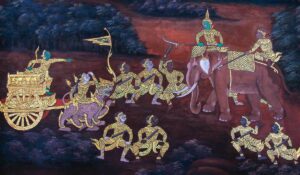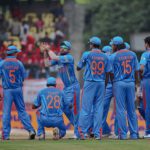The Mahabharata is an ancient Indian epic and one of the two major Sanskrit epics of ancient India, the other being the Ramayana.
The story of the Mahabharata is said to have taken place in the Indian subcontinent over 5,000 years ago.
Many of the places mentioned in the epic are now part of the modern-day Indian Subcontinent. Some of these places include:
1. Hastinapur
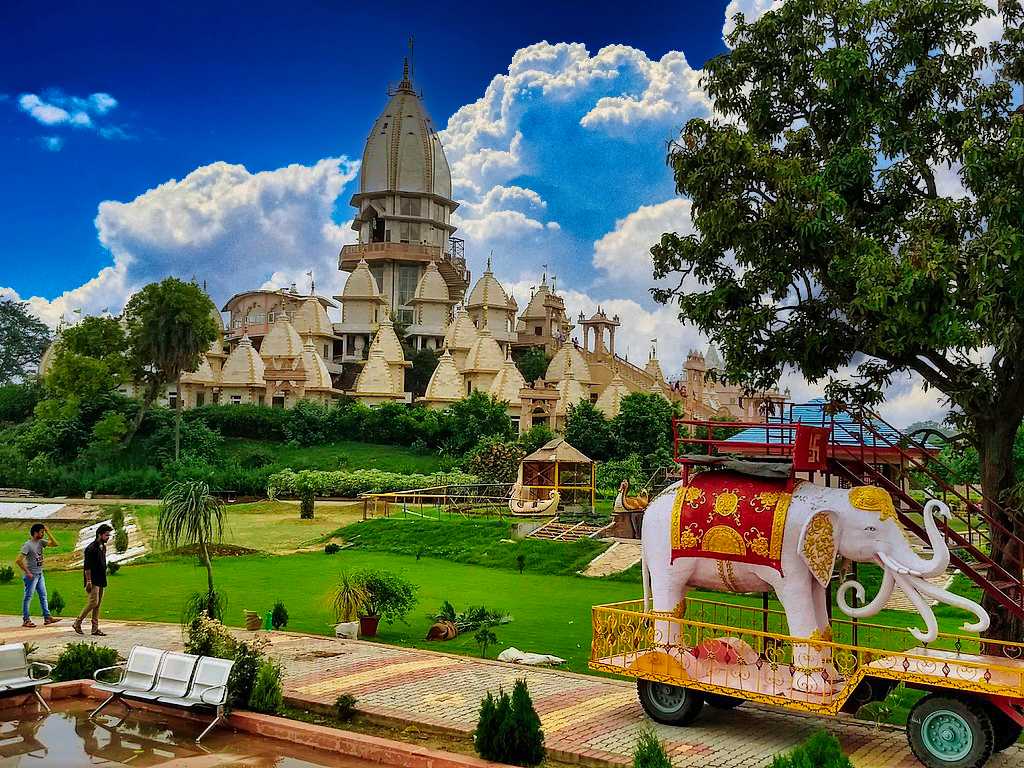
Everyone who knows even a little about Mahabharata is aware of the name of the place. This is the capital city of the kingdom of the Kauravas and the Pandavas and in more days is located in the state of Uttar Pradesh in northern India.
It’s a city in the Meerut district in the Indian state of Uttar Pradesh, described in Hindu texts such as the Mahabharata and the Puranas as the capital of the Kuru Kingdom, and is also mentioned in ancient Jain texts. Hastinapur is located on the right bank of the Ganga river.
2. Kurukshetra
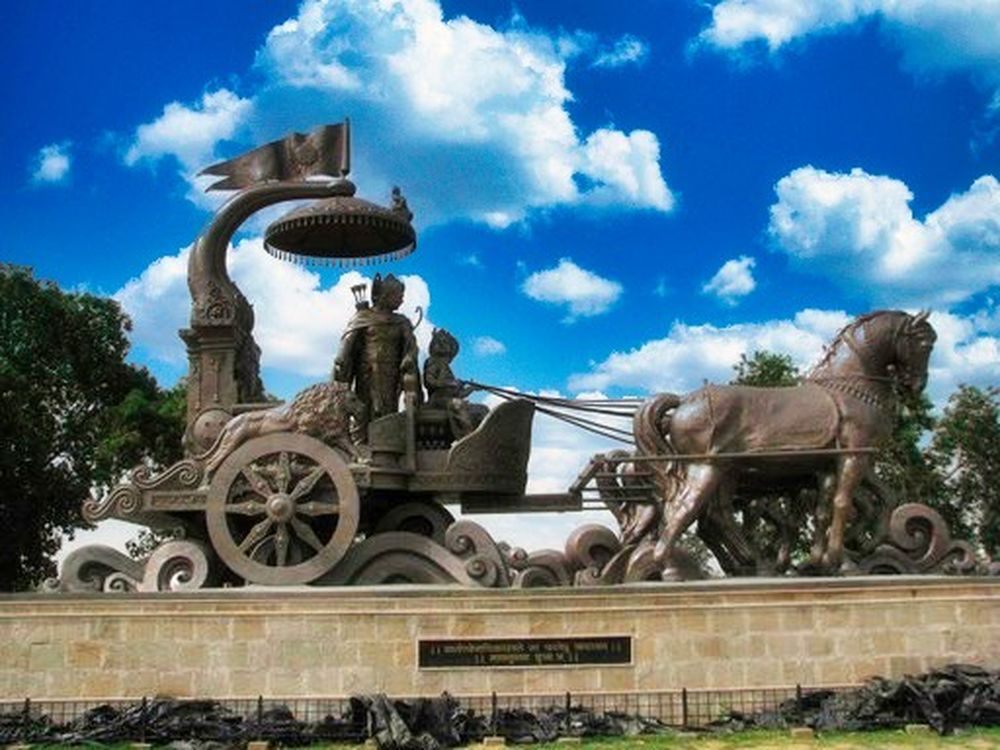
This is the location of the great battle between the Kauravas and the Pandavas also known as the Kurukshetra war, it is the ultimate war and the central event in the epic of the Mahabharata.
Kurukshetra today, is a city in the north Indian state of Haryana. The Mahabharata text’s great battle is described in a large diorama at the Kurukshetra Panorama and Science Centre. West of the city, the town of Jyotisar is a pilgrimage site where, according to the “Mahabharata,” the sacred “Bhagavad Gita” scripture was first delivered.
3. Indraprastha
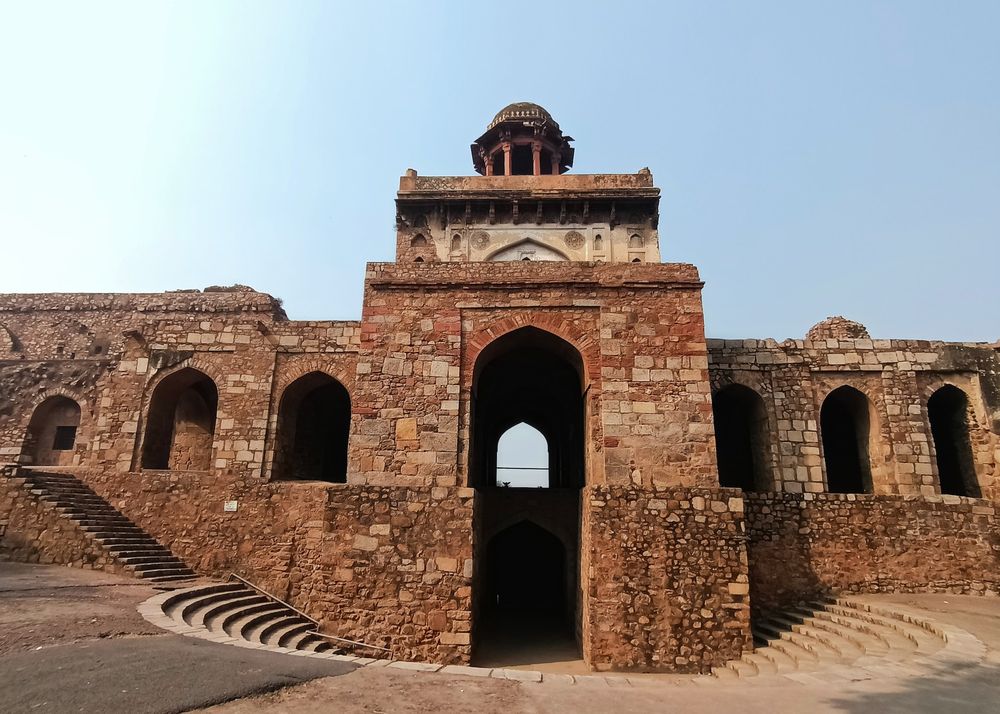
It is mentioned in ancient Indian literature as a city of the Kuru Kingdom. It was the capital of the kingdom led by the Pandavas mentioned in Mahabharata.
By the Pali form of its name which is Indapatta, it is also mentioned in Buddhist texts as the capital of the Kuru Mahajanapada. Modern historical research pins its location in the region of present-day New Delhi, particularly the Old Fort (Purana Qila).
The city is sometimes also known as Khandavaprastha or Khandava Forest, the name of a forest region on the banks of the Yamuna river which (according to the Mahabharata) had been cleared by Krishna and Arjuna to build the city.
4. Dwarka
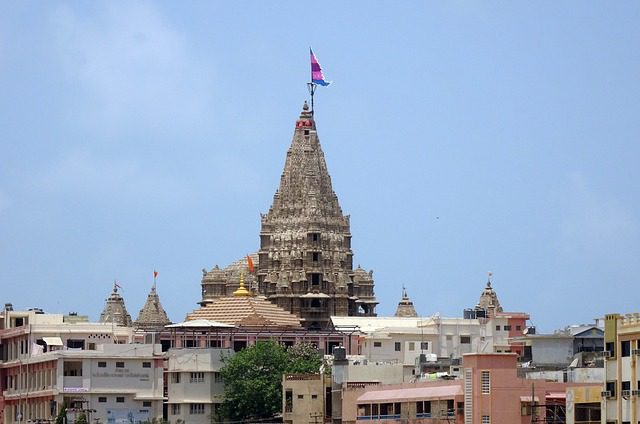
This is the city where Lord Krishna ruled as king, and is believed to be located in the modern-day state of Gujarat in western India.
It is an ancient city in the northwestern Indian state of Gujarat. It’s known as a Hindu pilgrimage site. The ancient Dwarkadhish Temple has an elaborately tiered main shrine, a carved entrance, and a black marble idol of Lord Krishna.
Dwarka Beach and nearby Dwarka Lighthouse offer views of the Arabian Sea. Southeast, Gaga Wildlife Sanctuary protects migratory birds and endangered species like the Indian wolf.
5. Kashi
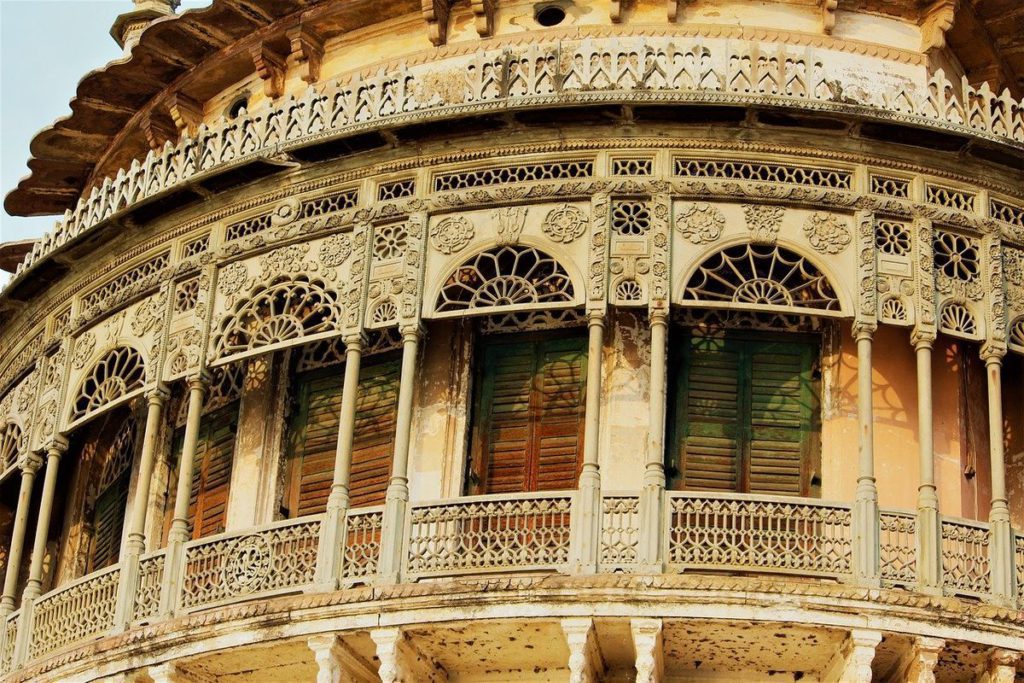
This is an ancient city of great religious importance in Hinduism and is located in the state of Uttar Pradesh in northern India.
In the Mahabharata the city is referred to as Kashi from the Sanskrit verbal root kaś- “to shine”, making Varanasi known as the “The City of Light”, the “luminous city as an eminent seat of learning”. The name was also used by pilgrims dating from Buddha’s days.
6. Gokul
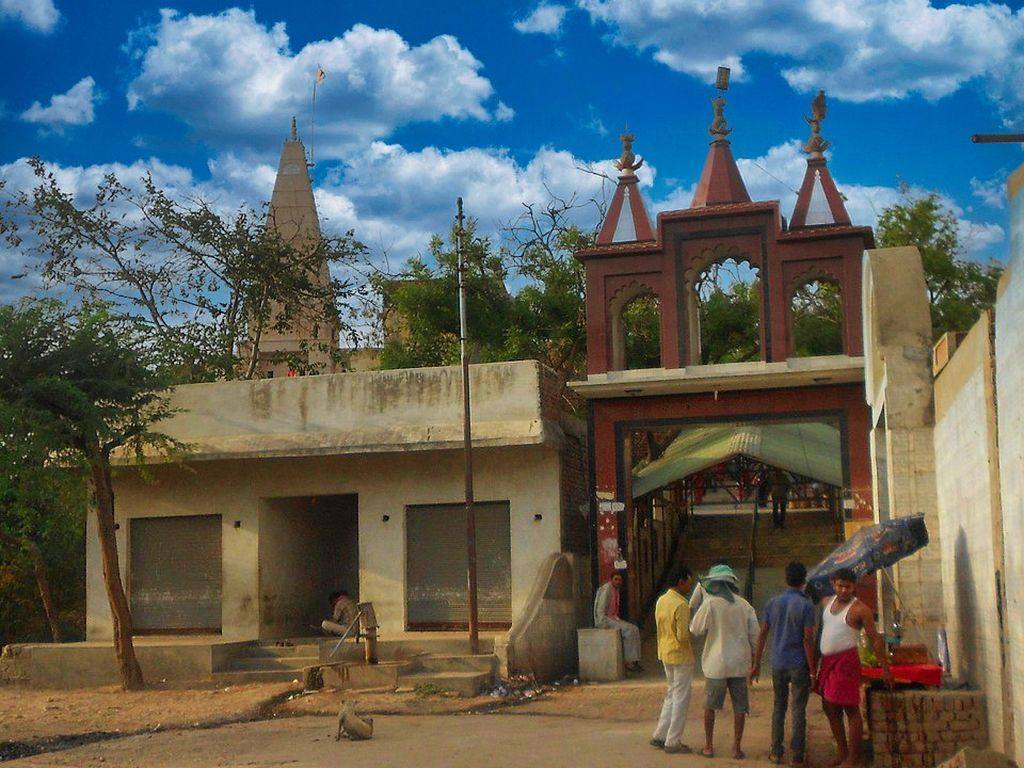
This is the village where Lord Krishna was brought up and is believed to be located in the modern-day state of Uttar Pradesh in northern India.
It is a town in the Mathura district of the Indian state of Uttar Pradesh. It is located 15 kilometers southeast of Mathura. According to Bhagavata Purana, Krishna spent his childhood in Gokul.
7. Mathura
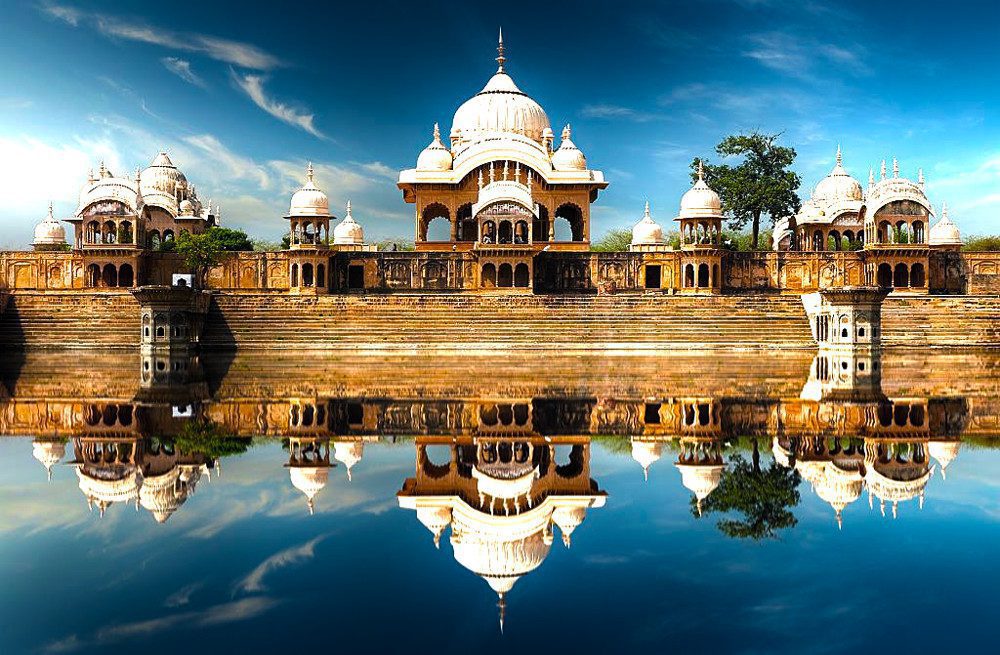
This is the birthplace of Lord Krishna and is located in the state of Uttar Pradesh in northern India.
Mathura is a holy city in Uttar Pradesh, northern India. Lord Krishna is believed to have been born on the site of Sri Krishna Janma Bhoomi, a Hindu temple.
Dotting the Yamuna River is 25 ghats (flights of steps down to the water), of which Vishram Ghat is considered the holiest. Sati Burj is a 16th-century memorial tower. Dwarkadhish Temple has a carved entrance and a black-marble idol of Lord Krishna.
8. Ayodhya
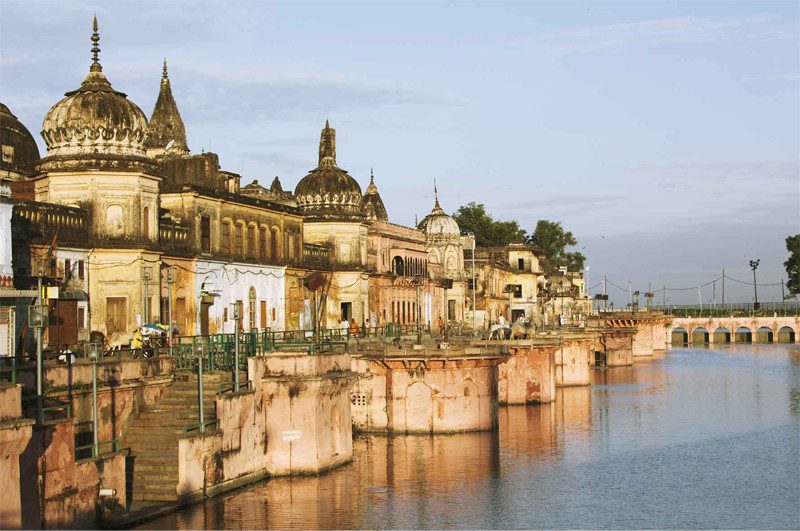
This is the capital city of the kingdom of the Ikshvakus and the birthplace of Lord Rama, one of the main characters in the epic. It is believed to be located in the modern-day city of Faizabad in the state of Uttar Pradesh in northern India.
9. Lanka
This is the kingdom of the demon king Ravana and is believed to be located on the island of Sri Lanka.
According to both the Ramayana and the Mahabharata, Lanka was originally ruled by a Rakshasa (Demon) named Sumali. Kubera (God of Wealth) seized control of Lanka and established the Yaksha Kingdom and his capital was guarded by rakshasas.
It was the place where Rakshasa king Ravana also had his kingdom made of gold.
10. Panchala
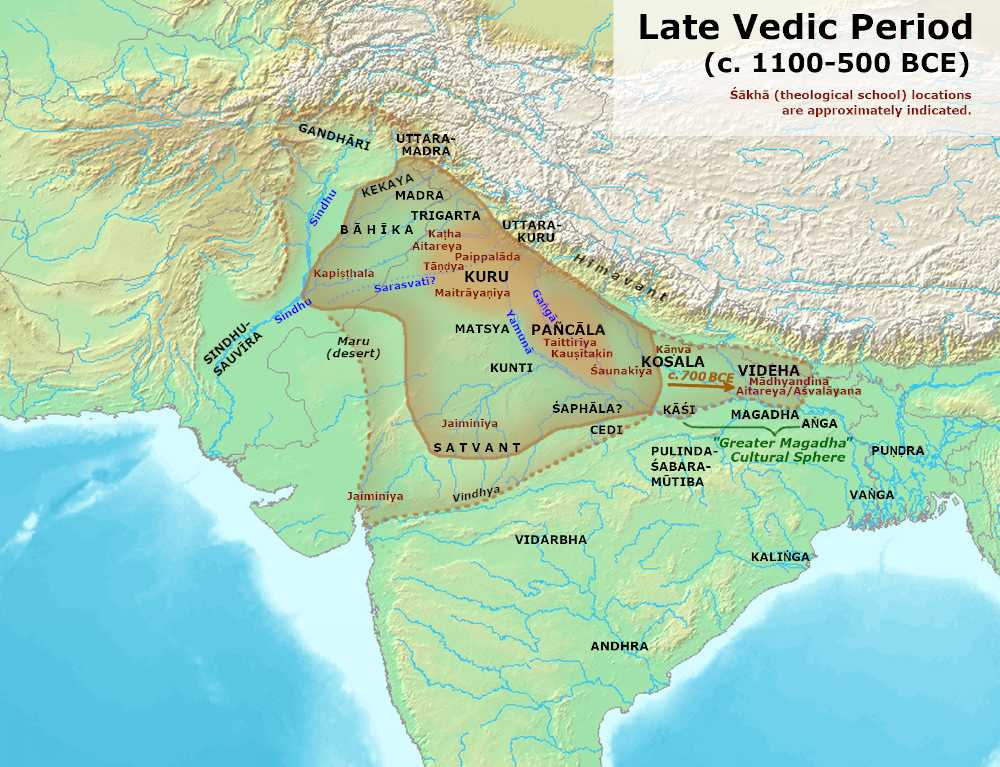
This is the kingdom of the Panchalas, one of the ancient clans mentioned in the Mahabharata. It is believed to be located in the modern-day state of Uttar Pradesh in northern India.
Panchala was an ancient kingdom of northern India, located in the Ganges-Yamuna Doab of the Upper Gangetic plain. During Late Vedic times (1100–500 BCE), it was one of the most powerful states of ancient India, closely allied with the Kuru Kingdom.
By the 5th century BCE, it had become an oligarchic confederacy, considered one of the Solasa (sixteen) Mahajanapadas (major states) of the Indian subcontinent.
After being absorbed into the Mauryan Empire (322–185 BCE), Panchala regained its independence until it was annexed by the Gupta Empire in the 4th century CE.
Drupada, the king of Panchala was the father of Draupadi, the heroine of the epic, who married the Pandavas. To avenge her humiliation during the game of dice played at Hastinapur and which led to their lengthy exile, he fought on the side of the Pandavas in the Kurukshetra War.
Bhishma ranked him a Mighty Maharathi, his son Dhrishtadyumna an Atirathi, and his other son, Shikhandi, a Rathi. He contributed three out of the seven Akshauhini armies to the Pandavas during the war.
11. Kailasa
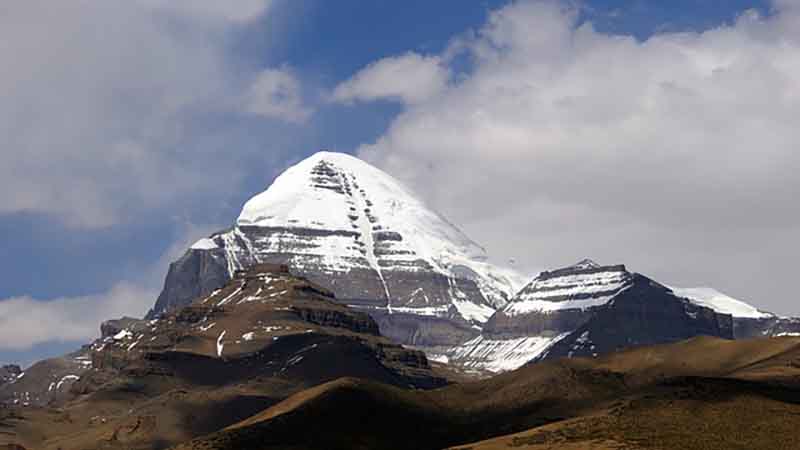
This is the abode of Lord Shiva, one of the principal deities in Hinduism. It is believed to be located in the modern-day state of Uttarakhand in northern India.
For Hindus, it is the home of the Hindu god Shiva and it is believed that Shiva resides there– for Jains — it is where their first leader was enlightened — for Buddhists, the navel of the universe; and for adherents of Bon, the abode of the sky goddess Sipaimen.
12. Kamyaka
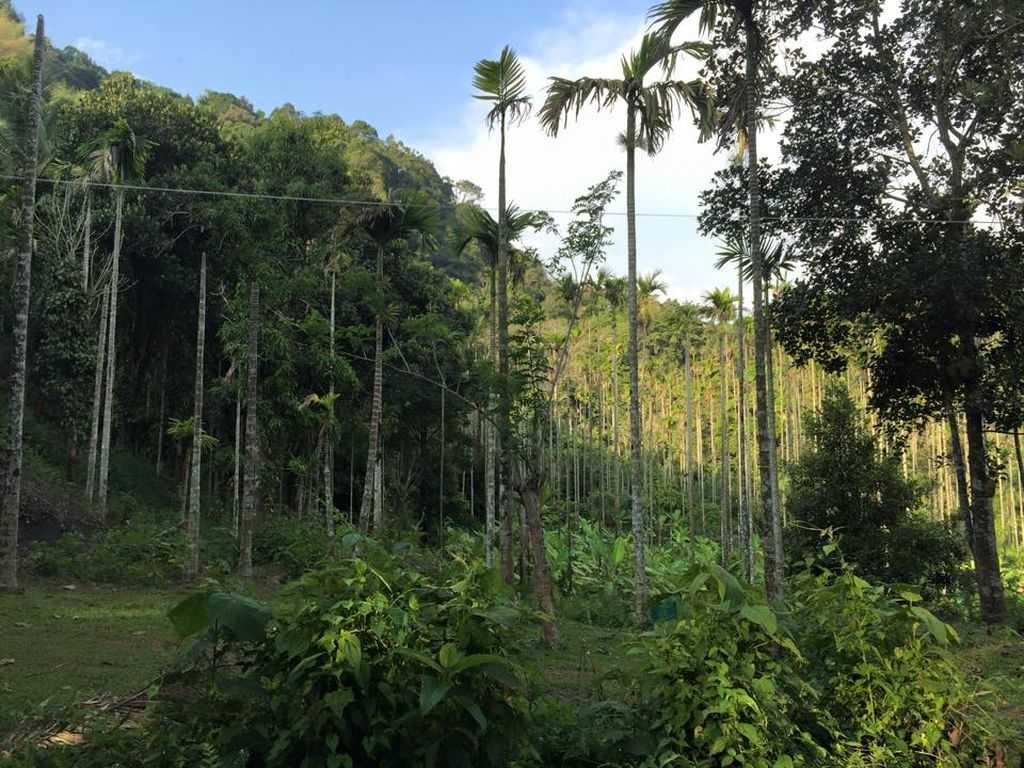
This is the forest where the Pandavas lived during their exile, and is believed to be located in the modern-day state of Madhya Pradesh in central India.
Kamyaka Forest was situated on the western boundary of the Kuru Kingdom, on the banks of the Saraswati River.
It lay to the west of the Kurukshetra plain. It contained within it a lake called the Kamyaka lake. Kamyaka forest is mentioned as being situated at the head of the Thar desert, near lake Trinavind.
13. Virata
This is the kingdom where the Pandavas lived during their final year of exile, and is believed to be located in the modern-day state of Haryana in northern India.
Virata was the king of the Matsya Kingdom, in whose court the Pandavas spent a year in concealment during their exile. Virata was married to Queen Sudeshna and was the father of Prince Uttara and Prince
14. Kurujangala
This is the kingdom of the Kurus, one of the ancient clans mentioned in the epic. It is believed to be located in the modern-day state of Haryana in northern India.
It was a kingdom of the Mahabharata period ruled by the Pandava king, Yudhisthira. It was located between the Saraswati and Yamuna rivers and forms the majority of what is now the modern state of Haryana. Indraprastha, now Delhi, was its capital.
15. Matsya
This is the kingdom of the Matsyas, one of the ancient clans mentioned in the epic. It is believed to be located in the modern-day state of Rajasthan in western India.
Matsya kingdom was founded by king Matsya who was the twin brother of Satyavati and who was contemporary to Bhishma.
The capital of Matsya was at Viratanagari (present-day Bairat, in Rajasthan) which is said to have been named after its founder king, Virata.
16. Vidarbha
It is said to be the kingdom ruled by Yadu kings (Bhoja Yadavas). It is the southernmost kingdom within the epic’s geographical horizon, south of the Vindhya range, in the region still known as Vidarbha in what is now Maharashtra in the Deccan.
17. Salwa
This is the kingdom of the Salwas, one of the ancient clans mentioned in the epic. It is believed to be located in the modern-day state of Rajasthan in western India.
These are just a few of the many places mentioned in the Mahabharata. Many of these places are still of significant religious and cultural significance to Hindus and Indians in general today.

